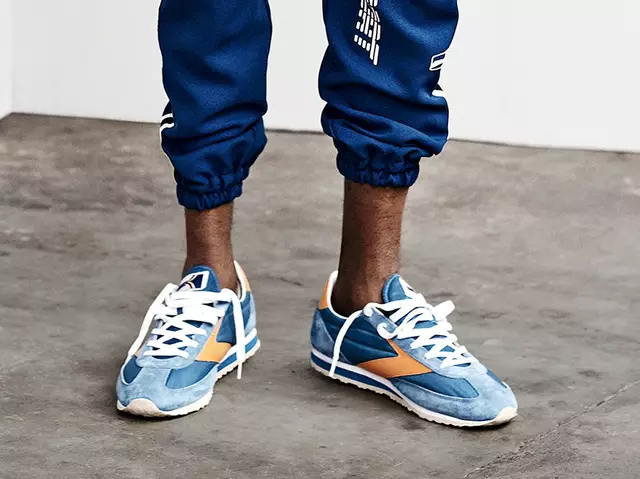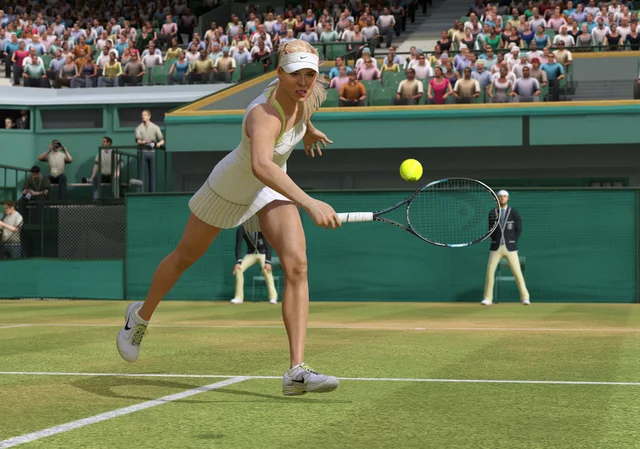Tennis Elbow Lateral Epicondylitis Condition?
Tennis Elbow Lateral Epicondylitis (TEL) is a condition caused by overuse of the muscles and tendons of the elbow. It is usually caused by repetitive motions of the wrist and arm, such as those used in tennis, golf, and other sports activities. It can also be caused by using the same motion at work, such as typing or using a hammer. According to the American Academy of Orthopaedic Surgeons, the most common symptom of TEL is pain on the outside of the elbow, which is often accompanied by tenderness and weakness when the arm is used.
The cause of TEL is usually an overuse injury. Overuse injuries occur when a person engages in the same activity over and over again, such as swinging a tennis racquet, for an extended period of time. This causes the muscles and tendons of the elbow to become inflamed and irritated, resulting in pain and tenderness. Other causes of TEL include direct trauma to the elbow or overstretching the muscles or tendons of the elbow.
Treatment Options for Tennis Elbow Lateral Epicondylitis
Tennis elbow lateral epicondylitis is a painful condition that affects the elbow and forearm. It is caused by repetitive motions, such as those used in tennis, that cause strain and inflammation to the tendons and muscles in the area. Treatment options for tennis elbow lateral epicondylitis vary but can include rest, over-the-counter medications, physical therapy, and in some cases, surgery.Rest
Rest is one of the most important treatment options for tennis elbow lateral epicondylitis. Resting the elbow and forearm can help reduce inflammation and pain, and prevent further injury. This can include avoiding activities that cause pain and refraining from overusing the affected arm. Depending on the severity of the condition, rest can last anywhere from a few days to several weeks.Over-the-Counter Medications
Over-the-counter medications such as ibuprofen and acetaminophen can help reduce pain and inflammation associated with tennis elbow lateral epicondylitis. It is important to follow the instructions on the package, as these medications can have side effects. It is also important to note that over-the-counter medications should not be taken for more than a few days without consulting a doctor.Physical Therapy
Physical therapy can be an effective treatment for tennis elbow lateral epicondylitis. Physical therapists can provide exercises and stretches to help reduce pain and inflammation, as well as strengthen the muscles and tendons in the area. These exercises can help improve mobility and range of motion, and can help reduce the risk of further injury.Surgery
In some cases, surgery may be necessary to treat tennis elbow lateral epicondylitis. This is usually recommended when other treatment options have failed and the condition is causing severe pain and disability. Surgery typically involves removing damaged tissue and repairing the tendon. Recovery time can vary, but typically involves several weeks of rest and physical therapy. Tennis elbow lateral epicondylitis is a painful condition that can affect the elbow and forearm. Treatment options can vary, but can include rest, over-the-counter medications, physical therapy, and in some cases, surgery. It is important to consult with a doctor to determine the best treatment option for your individual situation.Tennis elbow, or lateral epicondylitis, is a condition caused by overuse of the muscles that control movement in the wrist and forearm. It is most commonly seen in athletes who participate in racquet sports such as tennis, but can also affect other activities, such as carpentry and plumbing. The pain associated with this condition is usually located on the outside of the elbow joint and can range from mild to severe. Fortunately, there are several steps you can take to help prevent the onset of this condition.
1. Use Proper Technique:
When participating in any sport or activity that involves the use of your forearm and wrist muscles, it is important to use proper technique. Ensure that you are using the correct grip and form to avoid over stressing the muscles. Additionally, if you are a tennis player, it is important to make sure that you are using the correct racket for your skill level.
2. Strengthen Your Forearm and Wrist Muscles:
Strengthening the muscles in your forearms and wrists can help to prevent the onset of tennis elbow. Stretching and performing specific exercises such as wrist curls, wrist extensions, and reverse wrist curls can help to strengthen the muscles in the forearm and wrist. Additionally, using a hand grip exerciser can help to increase strength in the muscles of the hand.
3. Take Breaks:
Taking breaks between activities is important to give the muscles a chance to rest and recover. If you are participating in an activity that requires repetitive use of the forearm and wrist muscles, take frequent breaks to give the muscles time to rest. Additionally, if you are experiencing any pain in your elbow, it is important to stop the activity and rest until the pain subsides.
4. Use Proper Equipment:
Using proper equipment is essential to prevent the onset of tennis elbow. Properly fitted and padded gloves and wrist supports can help to reduce the stress on the muscles of the forearm and wrist. Additionally, using the correct racquet for your skill level can help to reduce the strain on your muscles.
5. Seek Professional Treatment:
If you are experiencing any pain or discomfort in your elbow, it is important to seek professional treatment. Your doctor may recommend physical therapy, corticosteroid injections, or other treatments to help reduce the pain and inflammation associated with tennis elbow. Additionally, if the condition does not improve with these treatments, surgery may be recommended.




Written by Griffin Callahan
Hi, I'm Griffin Callahan, a sports enthusiast with a particular expertise in tennis. I've dedicated years to studying the game, both as a player and an analyst. My passion for tennis has led me to write extensively about the sport, covering everything from player profiles to match analyses. I love sharing my knowledge and insights with fellow tennis fans, and I'm always eager to engage in discussions about the sport we all love.
All posts: Griffin Callahan